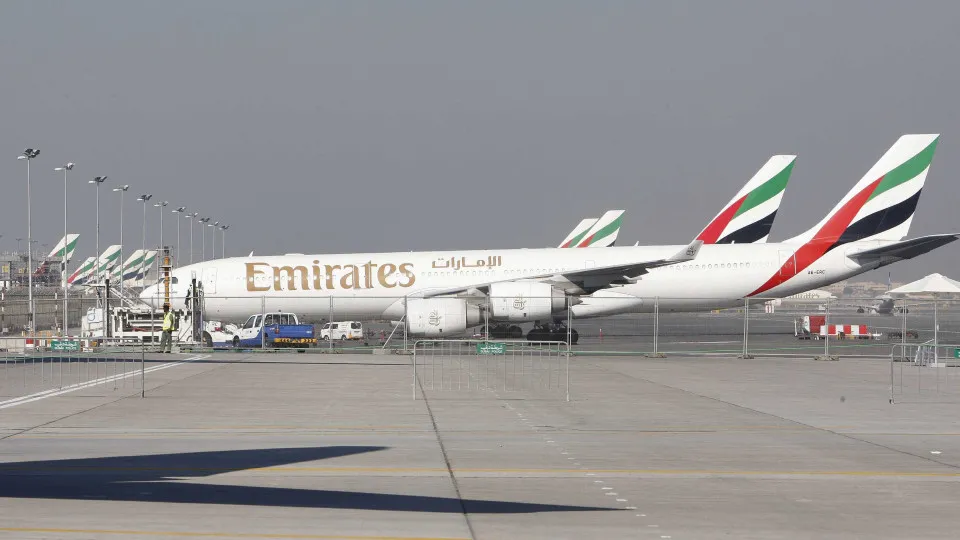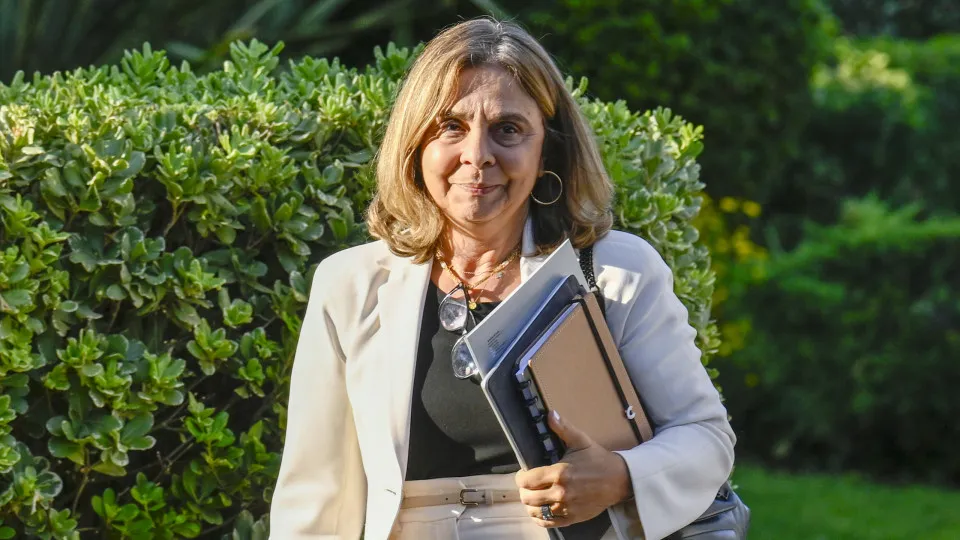
“In a time of uncertainty and international tensions that are intensely felt also in Africa, it is important to recall the message of the intense 10 seconds that preceded the moment depicted in this book’s photograph – national reconciliation is possible, peace is always possible,” said the former Portuguese President, referring to the moments before the handshake between Jonas Savimbi and José Eduardo dos Santos at the signing of the Bicesse Accords in May 1991.
During a speech at the book launch of “Bicesse – The Path to Peace” today at the Ministry of Foreign Affairs in Lisbon, Aníbal Cavaco Silva stated: “Almost 35 years ago, I experienced one of the most emotional moments of my political life, and certainly one of the most notable with significant international projection, including being on the front page of the New York Times the following day, which I keep at home as a memory of that day of hope.”
The Bicesse Accords, signed in Lisbon in May 1991, “are a milestone in Portuguese diplomacy” and in the “refoundation of Angola,” noted Sónia Neto, coordinator of the book “Bicesse, the Path to Peace,” launched today in Lisbon.
In statements beforehand, Sónia Neto, who served as Advisor for Africa in the Reflection Group of the President of the European Commission (first with Durão Barroso and then with Jean-Claude Junker) and as the European Union ambassador to Guinea-Bissau, highlighted the more than a year of meetings that culminated in the signing of the agreement, emphasizing the “art of negotiation by Portuguese diplomacy,” which “remains a timeless reference.”
“They managed, indeed, to bring to the table [the opposing parties – the MPLA Government and UNITA] and made them believe in peace through dialogue, showing them that it was possible to resolve conflicts at the negotiation table (…) regardless of their divergent opinions, feelings, and political tendencies,” she said.
In the book, Sónia Neto gathered the testimonies of 22 participants in the long round of negotiations that, for the first time, placed members of the Angolan Government (led by the People’s Movement for the Liberation of Angola, MPLA, then a single party) and the National Union for the Total Independence of Angola (UNITA) face-to-face, under the mediation of Portugal, with the United States and the Soviet Union as observers.
The book launch takes place in the same room (at the Ministry of Foreign Affairs) where the then Angolan President, José Eduardo dos Santos, and the UNITA leader, Jonas Savimbi (both deceased), signed, on May 31, 1991, under the watchful eye of the then Portuguese Prime Minister, Aníbal Cavaco Silva, the accords that silenced the weapons and paved the way for the constitutional revision that ended the one-party regime and allowed for the first free elections in the country (in September 1992), followed by the resumption of war, which only ended in 2002.




